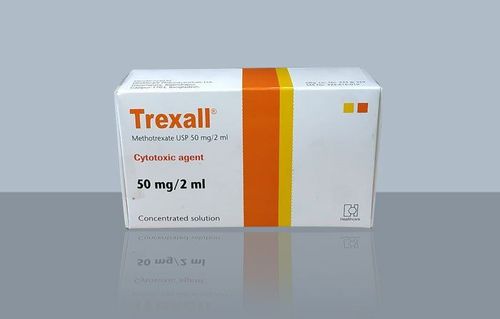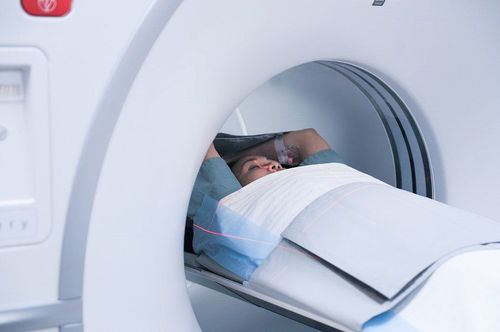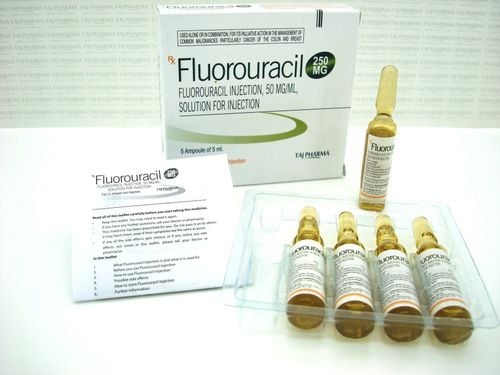This is an automatically translated article.
Breast cancer is a common cancer in women. Besides malignant tumors that lead to cancer, there are several other types of breast tumors that are benign and are not cause for concern if detected, diagnosed, and treated early and appropriately. So how are breast tumors treated?
According to statistics, in 2018 there were over 2 million new cases and 600,000 deaths from breast cancer worldwide. In Vietnam, the incidence rate is increasing, especially in Hanoi, for every 100,000 people, there will be about 40 people with breast cancer, this number doubles compared to 2000, breast cancer is increasing day by day. tend to be younger, so screening when breast tumors are small is important.
Trắc nghiệm: Những lầm tưởng và sự thật về ung thư vú
Ung thư vú có tỷ lệ tử vong cao nhất ở nữ giới khiến họ rất lo sợ bản thân mắc phải căn bệnh này. Tuy nhiên, không ít chị em có những hiểu biết thái quá về ung thư vú. Thử sức cùng bài trắc nghiệm sau sẽ giúp bạn loại bỏ được những nghi ngờ không đúng về căn bệnh này.
Bài dịch từ: webmd.com
Knowing which group you are in when you have a breast tumor will help you take better care of yourself and treat it more effectively. Currently, mammograms and annual breast cancer screening play a very important role, especially for women 40 years of age and older. Even if you don't have any breast lumps or symptoms, you should still have an annual screening.
Especially, for those who accidentally discovered a breast tumor, it is necessary to go to the hospital to conduct a screening examination, to help accurately diagnose the condition and have effective treatment methods, diagnostic techniques Breast tumors include:
Breast ultrasound: A common, safe, flexible method, available in most medical facilities, this technique will be indicated in both screening and diagnosis of breast tumors. . Mammogram: An imaging method that uses low-dose X-rays to see inside the breast to help diagnose breast cancer early. It is the oldest and first used imaging tool in breast cancer screening. Tomosynthesis is also known as three-dimensional (3-D) mammography. Tomosynthesis creates multiple images of a breast tumor from different angles and reconstructs or "composites" into a set of three-dimensional images. This method is capable of detecting more breast lumps, especially detecting breast lumps in women with dense breast tissue. Magnetic resonance of the breast: Usually performed in cases where the doctor needs more information about the extent of the disease that imaging methods such as mammograms and ultrasounds of the breast cannot or do not, resonance results from the breast will be used to screen for breast cancer in women at high risk for breast cancer. After performing imaging techniques for breast lumps, the doctor will conclude that the tumor in the breast is benign, then the patient will not need to perform any further tests. However, doctors recommend that you continue to have regular breast exams to see if the lump in your breast has changed, is stable, or gone. If the imaging techniques above do not clearly show whether a breast lump is benign or malignant, you may need a biopsy to determine the nature of the breast lump.
Please dial HOTLINE for more information or register for an appointment HERE. Download MyVinmec app to make appointments faster and to manage your bookings easily.













